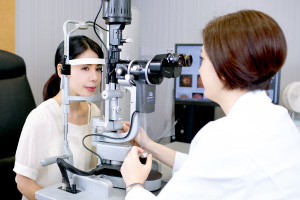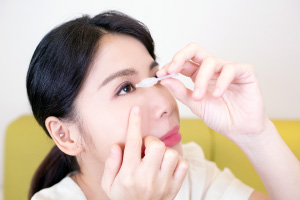What is Smart TransPRK?
Smart TransPRK is a gentle, safe, no-touch, no flap, single-step procedure. The excimer laser firstly gently ablates the corneal epithelium, then smoothly proceeds to correct the refractive error.
The Procedure
STEP01
Analgesic eye drops for pain relief
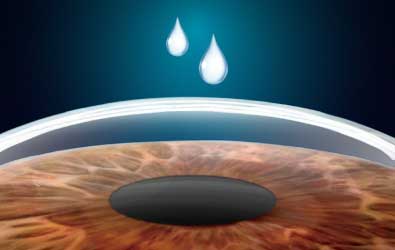
STEP02
Laser ablates corneal epithelium
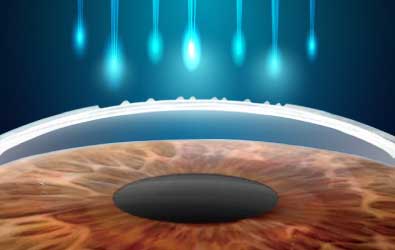
STEP03
Laser corrects refractive error
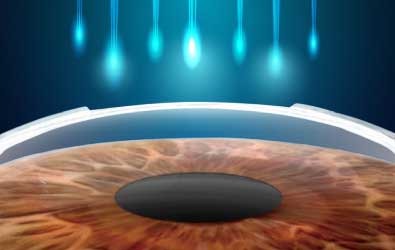
STEP04
Corneal epithelium regenerates over a couple of days
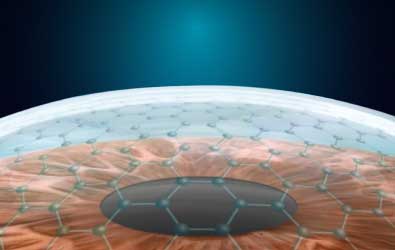
Why choose Smart TransPRK?
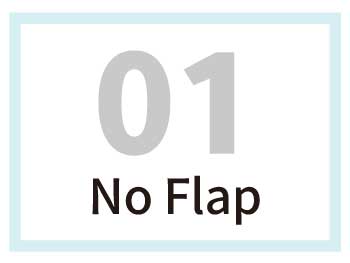
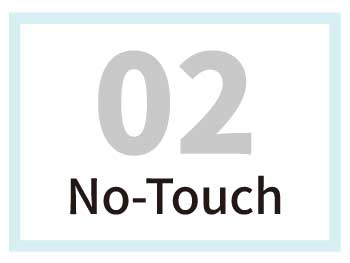
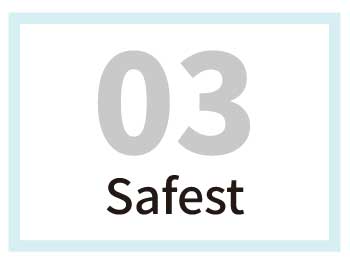
No Flap、Safest
Laser treatment is done on the surface of the cornea. No cut is made. There are therefore, no incision, nor flap-associated complications. This results in the most stable cornea, providing long-term patient safety.
No-Touch
There is no contact with the cornea throughout the whole procedure, only a speculum to hold your eyelids open. There is no suction, and no flap, therefore avoiding risk of retinal damage and corneal flap displacement respectively.
Single-step, no-touch procedure of AMARIS 1050RS
Wishvision utilizes the world’s newest technology, AMARIS 1050RS, to provide Smart TransPRK. This procedure is fast gaining popularity because of its elegance and simplicity. The whole procedure is done with one laser, without an incision nor flap creation. It is therefore ideal for active individuals and people working in jobs that have a high risk of eye trauma.
Better Visual Quality
80% of the population have some degree of high-order aberrations which can interfere with vision. Amaris 1050RS can help reduce some of these aberrations, resulting in better night-time visual quality.
Fastest:1050 Hz Pulse Rate,7D eye-tracking
7D eye-tracking enables a unique level of precision. It captures all eye motion (static as well as dynamic) during the procedure, for outstanding results. Changes in pupil size are detected, and the laser is adjusted as necessary. The automatic 7D eye-tracking ensures correct centering throughout the whole procedure.
The Ophthalmologist Innovation Awards 2015
SCHWIND Technology achieves Top Ten of the „Innovation Awards“ SmartPulse is among the product innovations 2015 Kleinostheim, Germany.
Stable structure
The Smart TransPRK procedure creates a structurally stable cornea, so is particularly suitable for people with an active lifestyle. It preserves the most corneal thickness out of all the refractive surgery procedures, and therefore has the lowest risk regression and keratoconus.
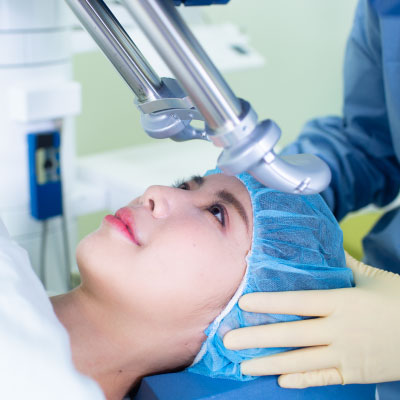
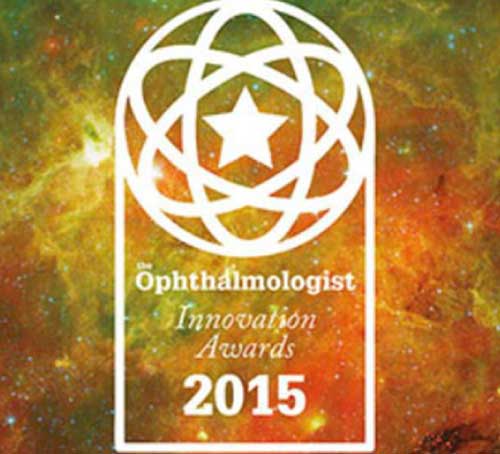
Who is Smart TransPRK suitable for?
General
- You are at least 20 years old.
- You need to wear glasses or contact lens to correct your vision, but find it inconvenient.
- You have no other eye conditions.
- You want to be able to see clearly upon waking in the morning.
Particular
- You like participating in boxing or extreme sports, such as diving or bungee jumping etc.
- You previously had refractive surgery but are not satisfied with the results, and are considering re-surgery.
- You are worried about the risk of flap-dislogement and other flap-related complications associated with other forms of refractive surgery.
- You don't like the idea of surgical equipment touching your eyes.
- You are currently NOT pregnant or breastfeeding.
Pre-Surgery Reminders
Notice
- Refractive surgery does not prevent the occurence other eye pathologies such as retinal detachment or cataracts. Patients with high myopia have longer eye-balls, with an associated increased risk of retinal detachment. It is therefore important to continue to look after your eyes after the procedure and get regular check-ups.
- All procedures have risks. We provide a comprehensive examination of your eyes to minimise this risk. To optimise your visual outcome, please follow the doctor's instructions regarding medication (eye drops) and healthy lifestyle habits.
- Please inform us of any family history of eye disorders such as Fuch's endothelial dystrophy, which is a slowly progressive disease involving the cornea, and may lead to decreased vision.
Consultation Reminders
- Wishvision is dedicated in providing the best service and ensuring the optimal health of your eyes. During the initial consultation, we provide a thorough examination and comprehensive discussion of refractive surgery, which may take up to 3 hours.
- Stop wearing soft contact lenses for a week before the consultation appointment.
- Stop wearing hard contact lenses for two weeks before the consultation appointment. .
- Dilation of your pupils is essential for a complete examination of your eyes. This will make your eyes extremely sensitive to light. Do not drive or ride a scooter afterwards. Please have a famiy or friend accompany you if taking public transport, and bring sunglasses if possible.
Pre-Op Preparation
- Stop wearing soft contact lenses for a week before the procedure.
- Stop wearing hard contact lenses for a month.
- No make-up on day of surgery.
- No perfume on day of surgery.
Surgery Day Schedule
- Check-In Confirm ID.
- Payment.
- Draw Blood Explanation of Post-op Care.
- Pre-op Tests.
- Doctor Consult.
- Sign Consent.
- Surgery.
- Doctor Consult.
- Post-op Eye Drops.
Reminder
- TWO forms of photo ID.
- Need Family member or Friend accompany.
- Take care if taking public transport.
Recovery of Smart TransPRK
2 to 3 Days Post-Op

Pain/discomfort

Swelling or itching

Lacrimation/tears

Photophobia
| Post-Op Care | |
|---|---|
| Within a week |
Avoid touching eyes  Avoid contact with water  Use sponge to clean around eyes  |
| After a week |
Can wash face normally,Can wear base makeup  Can do gentle exercise(with minimal sweating)  |
| Within a month |
Wear sunglasses during day  Wear clear classes at night  |
| After a month |
Can wear eye makeup  Can exercise normally  |
Recovery of Visual Acuity
| Post-Op | Approx,Visual acuity | What to expect |
|---|---|---|
| 4 days | 0.2~0.3 | May need some help with activities of daily living, limited vision with small items, and distant objects. Can consider enlarging fonts on phone and computer. Able to take public transport independently, DO NOT drive or ride motorcycle |
| 1 week | 0.5 | Able to use phone and computer comfortably for short duration. MAY be able to drive/drive motorcycle* Begin to experience better distant vision. |
| 2 weeks | 0.7 | Able to use phone and computer for longer times, but may be associated with dry eyes. Able to do most activities of daily living independently. Ongoing fluctuating changes in visual acuity. |
| 1 month | 0.9~1.0 | Recovery of visual acuity at 80-90%. Dry eye symptoms return to pre-op level. Visual quality will continue to improve as epithelium grows. |
Things to note
- Please attend follow-up appointments to monitor healing of corneal epithelium and ensure improvement in visual acuity and quality.
- Please return immediately if there is increased discomfort, sudden decreased vision or if you any concerns.
- Your eyes need time to adjust after the procedure. You may find they get tired or dry more easily – please apply lubricating eye drops frequently and ensure sufficient rest.
- Please continue to look after your eyes after the procedure – 10 minutes of rest for every 30 minutes of near work, good near-work posture, balanced diet and regular follow-up.
- Please avoid biking and driving etc. before visual acuity has recovered.
- Please avoid flying in airplanes for the 24 hours after the procedure.
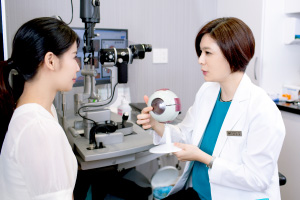


Within the first week
- Please take care when washing face or hair to avoid getting water into your eyes – a sponge is provided for you in the care pack.
- Please wear eye cover when sleeping to avoid accidentally rubbing of eyes which could impact healing.
- Please wait a week before applying make-up or participating in low impact sports.
For the first month
- Please wear sunglasses when outside to protect from UV radiation as well as foreign objects. Note – clear glasses have been provided for night time.
- Please avoid applying eye make-up and participating in high impact sports.
